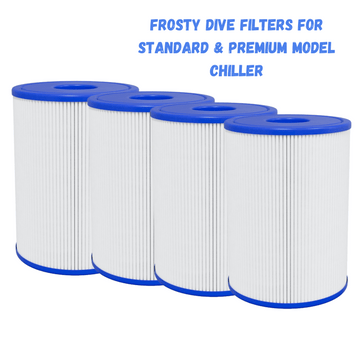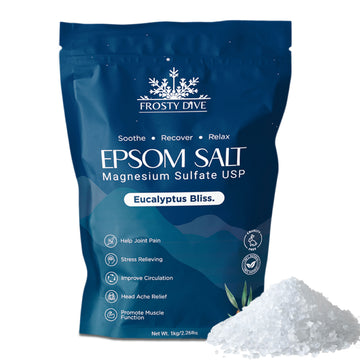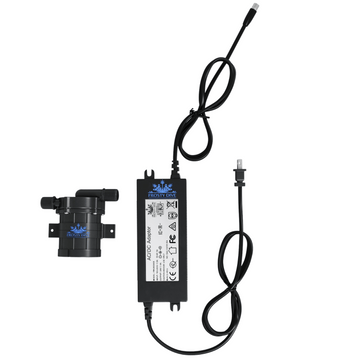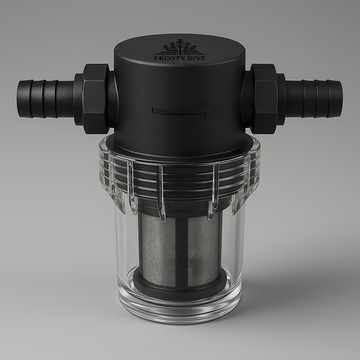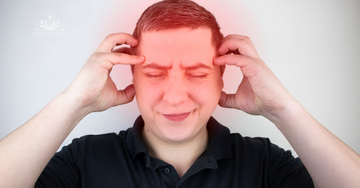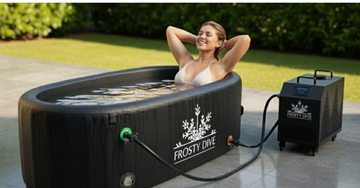Can Cold Water Therapy Help With Migraines? What the Science Says
Migraines are more than “just headaches.” They’re complex neurological events that can cause hours — sometimes days — of pain, nausea, sensitivity to light, and exhaustion. For millions of people, traditional treatments don’t always work, which is why many are now exploring cold water therapy as a natural way to manage symptoms and reduce the frequency of attacks.
As a health and recovery specialist, I’ve seen increasing interest in cold plunges and ice baths for migraine relief — and emerging research supports why they might help.
🧊 The Science Behind Cold Exposure and Pain Relief
Cold therapy (or cryotherapy) has long been used to reduce pain and inflammation. When the body is exposed to cold temperatures, blood vessels constrict — a process called vasoconstriction. For migraine sufferers, this is key: during a migraine, blood vessels in the head often dilate, increasing pressure and pain. Cooling the body helps counteract that dilation, reducing inflammation and easing pain.
A 2019 study published in The Journal of Pain Research found that applying a cold compress or ice therapy to the neck and head could significantly reduce migraine intensity within 30 minutes. Another study from Frontiers in Neurology (2021) noted that whole-body cold exposure — like ice baths or cold plunges — activated the parasympathetic nervous system, helping regulate vascular tone and decrease migraine frequency.
🩺 Cold Water Therapy: More Than a Cold Compress
Unlike a simple ice pack, cold water immersion affects the entire body. When you submerge in a Frosty Dive Ice Bath, several beneficial processes occur:
-
Reduced Inflammation: Cold water limits neurogenic inflammation — the same type linked to migraine onset.
-
Improved Circulation: Alternating constriction and dilation of blood vessels strengthens vascular health over time.
-
Hormonal Balance: Cold exposure releases norepinephrine, a neurotransmitter shown to reduce pain sensitivity and support mood regulation.
-
Nervous System Reset: The “cold shock” response activates the vagus nerve, helping calm overstimulation — one of the root triggers of migraines.
💡 How to Use Cold Plunges Safely for Migraine Relief
If you’re new to cold water therapy, start gradually:
-
Begin with short, 1–2 minute plunges at 12–15°C (53–59°F).
-
Focus on breathing deeply to control your body’s stress response.
-
Over time, work your way down to 3–4°C (37–39°F) for optimal benefits.
-
Consistency matters more than duration — a few minutes daily or post-exercise is ideal.
For acute migraine relief, cooling the neck and upper spine area (where the carotid arteries run) can help interrupt pain signals early.
⚠️ Important Note
Cold water therapy isn’t a cure, and it’s not suitable for everyone — especially those with cardiovascular issues or Raynaud’s syndrome. Always consult your healthcare provider before starting any new recovery protocol.
💧 Final Thoughts
The evidence is growing: cold exposure therapy may reduce the frequency and severity of migraines by improving circulation, calming the nervous system, and reducing inflammation.
For those who’ve tried everything else, a Frosty Dive Ice Bath offers a controlled, consistent way to explore the benefits safely from home.
👉 Discover Frosty Dive’s professional-grade Ice Baths and Chillers — engineered for health, recovery, and real results.













